
There’s something about the farthest edges of the world that calls to a deeper part of us—the part that craves silence, challenge, and raw beauty untouched by modern life. These aren’t places you visit on a whim; they demand effort, discomfort, and a willingness to let go of everything familiar.
But what they offer in return can’t be bought or booked: perspective. Awe. Stillness. Whether it’s the cold that bites or the road that breaks, these journeys mark you. And once you’ve stood in places where few ever do, you don’t just return changed—you question why you ever left.
1. Tristan da Cunha, South Atlantic Ocean

Tucked in the heart of the South Atlantic, Tristan da Cunha is often described as the most remote inhabited island in the world. No airports. No hotels. No casual drop-ins. The only way to reach it? A seven-day boat ride from South Africa—if the weather plays nice. Life here moves with the tides, and the 250 or so islanders live much the same way their ancestors did centuries ago.
There’s something deeply surreal about standing on a volcanic island surrounded by sheer cliffs and wild seas, knowing the nearest civilization is over 1,500 miles away. The entire settlement of Edinburgh of the Seven Seas feels frozen in time. There’s a bakery, a school, and even a pub—but don’t expect Wi-Fi or a latte. The real wealth here is the rawness of nature: towering seabird colonies, lava fields, and waves that crash with the kind of fury only isolation can breed.
It’s not a place you visit lightly. The island only opens up to visitors a few times a year, and you’ll likely need to stay weeks, not days. But those who make the journey often say it resets their inner compass. It’s one of the last places on Earth where disconnection feels like a gift.
Essential Info:
- Best Months to Visit: December to March (milder seas)
- Access Point: Boat from Cape Town, South Africa
- Travel Time: ~7 days by sea
- Permits Required: Yes – apply months in advance
- Stay Duration: Minimum 2–3 weeks (due to rare transport schedules)
- Highlights: Night skies, penguin colonies, hikes to Queen Mary’s Peak
2. Ittoqqortoormiit, Greenland
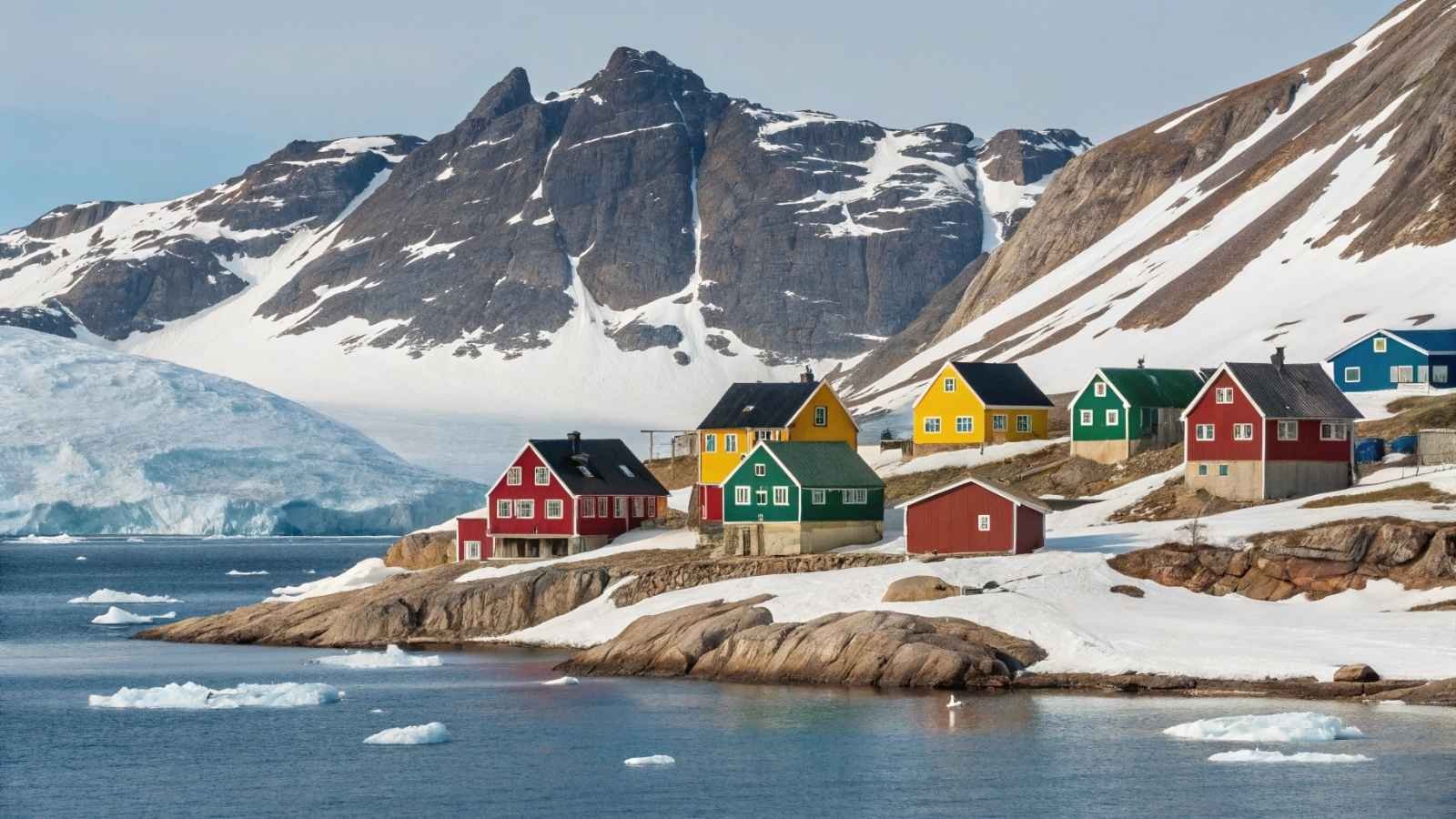
At the edge of Greenland’s eastern coast lies Ittoqqortoormiit (pronounced ee-tok-kor-tor-mit), a tiny, color-splashed village pressed against one of the harshest and most spellbinding landscapes on the planet. Here, sea ice clogs the fjords for nine months a year, and the few hundred residents live largely off hunting and dog sledding. It’s not easy to get to—but that’s part of its magnetic pull.
The only practical way in is via a small flight to Constable Point, followed by a helicopter ride into the village. From above, the view is extraordinary: icebergs drifting through glassy waters, a handful of homes dwarfed by towering cliffs. There’s no nightlife, no tourist circuit—just a deep silence and skies that cycle through endless twilight in summer and northern lights in winter.
It’s one of the best places to grasp just how resilient life can be. Whether you’re watching musk oxen on a tundra trail or sipping coffee with locals who’ve survived polar bear encounters, every moment here stretches your perspective. Few places humble you so completely.
Essential Info:
- Best Months to Visit: March to May (dog sledding); July to September (boat access)
- Access Point: Fly to Akureyri, Iceland → charter flight to Constable Point → helicopter to Ittoqqortoormiit
- Permits Required: None, but logistics require careful planning
- Stay Duration: Recommended 5–7 days
- Highlights: Scoresby Sund (the world’s largest fjord system), Aurora Borealis, ice fjord hiking
3. Pitcairn Island, Pacific Ocean
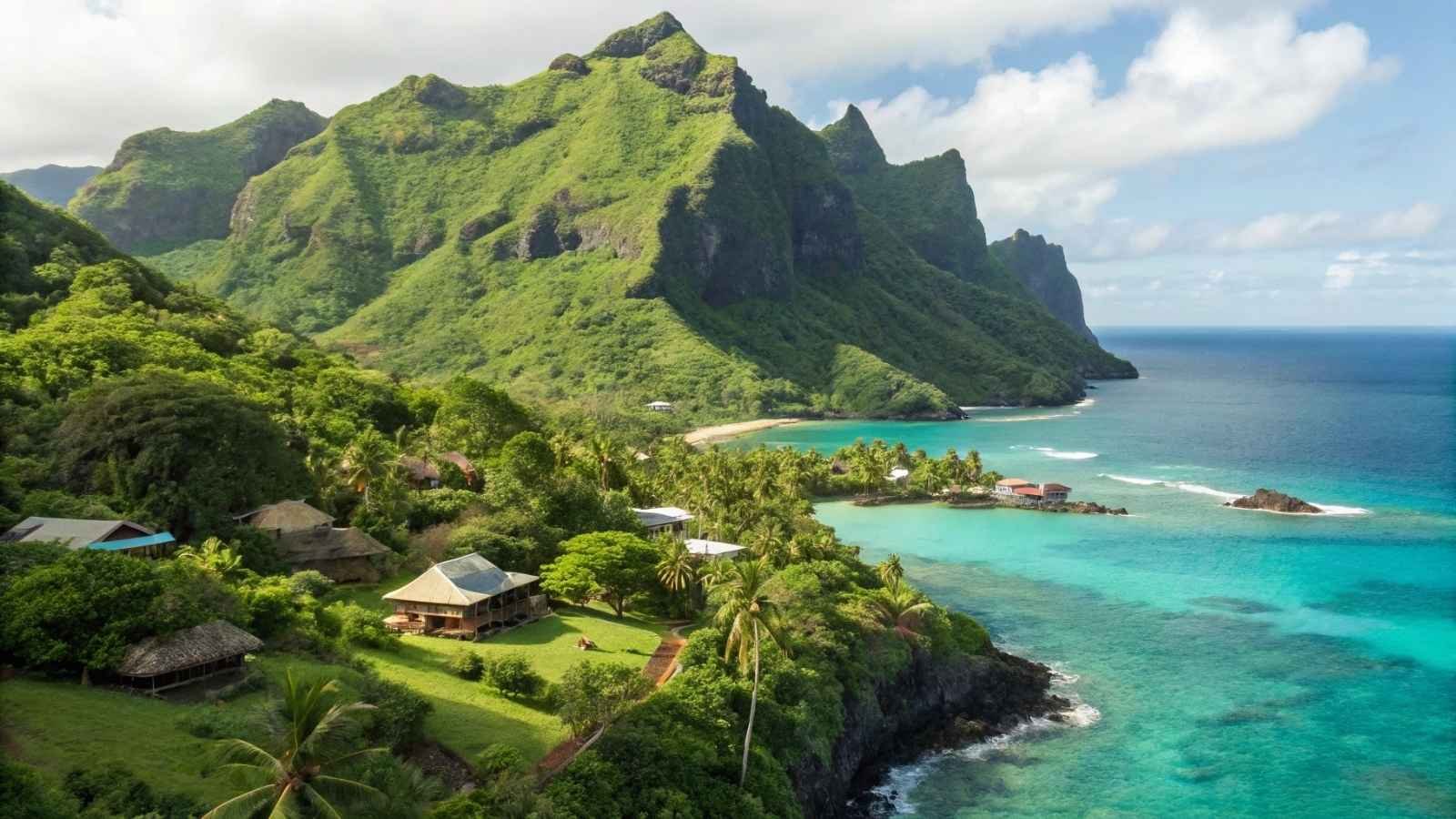
With just 50 full-time residents and no airport, Pitcairn Island is one of the loneliest specks of land in the vast Pacific. Settled by the mutineers of the HMS Bounty and their Tahitian companions, it’s steeped in myth, drama, and a unique micro-society that has endured in defiance of the modern world.
Getting there is an odyssey—a boat journey from French Polynesia that runs only a few times a year. Once ashore, the terrain hits you: rugged cliffs, unpaved trails, and a powerful sense of isolation. Yet the island blooms with life—banana groves, papaya trees, and a coral-rich coastline perfect for snorkeling. The locals are famously hospitable, often inviting visitors to community meals or even offering to show you family heirlooms from the Bounty.
This is not a place for casual tourism. But if you want to dive headfirst into living history, complete solitude, and an island that functions more like a family than a town, Pitcairn might just rewrite your idea of what “remote” truly means.
Essential Info:
- Best Months to Visit: August to October (calmer seas)
- Access Point: Charter boat from Mangareva, French Polynesia
- Travel Time: ~32 hours by sea
- Permits Required: Yes, and must be arranged in advance
- Stay Duration: Minimum 10 days recommended
- Highlights: Historic Bounty relics, snorkeling at St. Paul’s Pool, Pitcairn honey
4. Cape York Peninsula, Australia
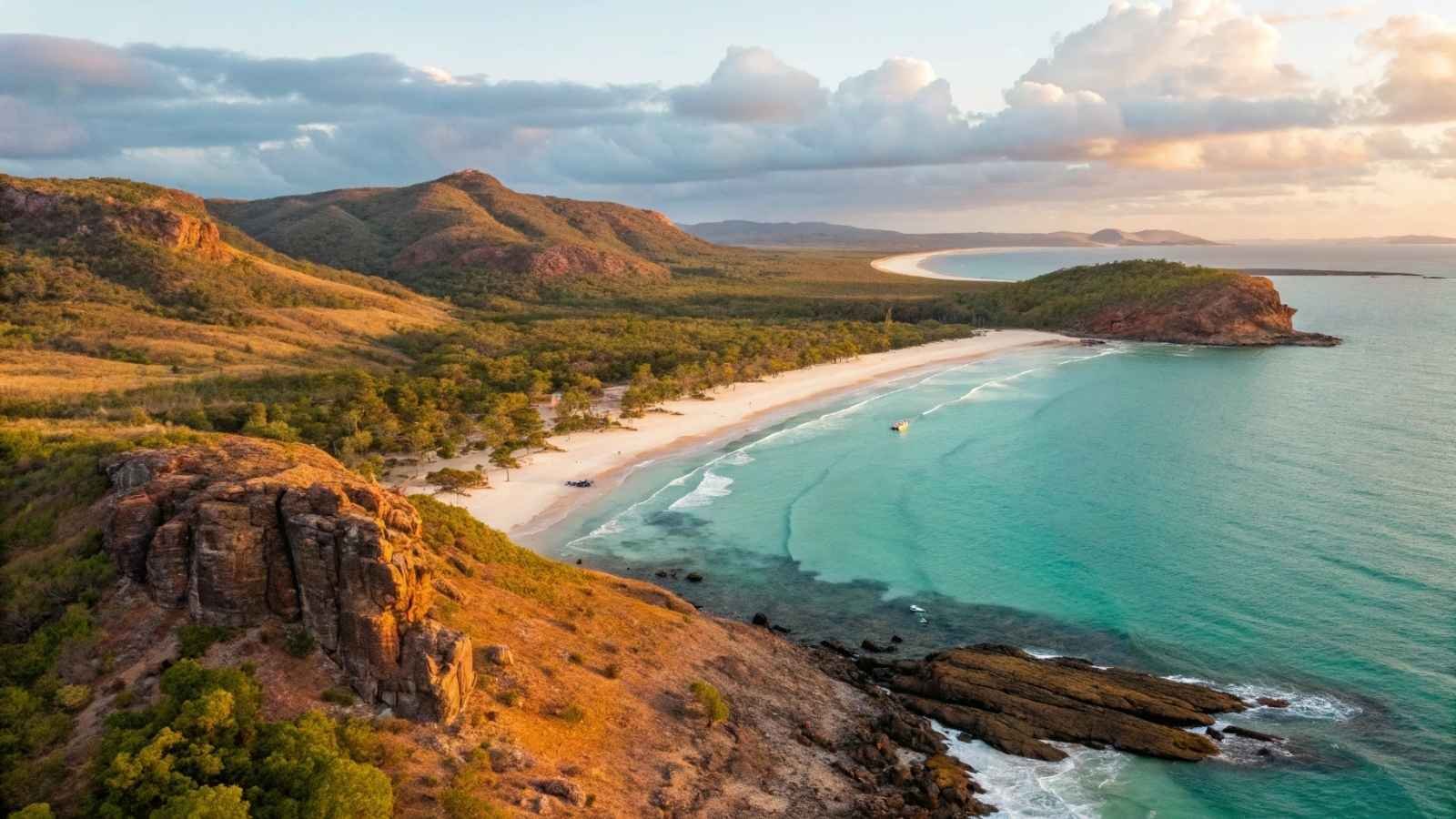
At the very tip of northeastern Australia lies Cape York, a vast, sparsely populated wilderness few Australians ever see firsthand. Reaching it means days of rugged overland travel, often across red-dust tracks, crocodile-infested rivers, and monsoon-drenched trails that swallow even seasoned 4WDs.
But the reward is a place where raw nature roars. Ancient rainforests, Aboriginal rock art sites, and some of the wildest beaches in the world greet you at the top. There are no resorts, but there are endless stars, jaw-dropping vistas, and the kind of deep cultural connection to land that’s impossible to feel in a city.
What sets Cape York apart is its mix of thrill and reverence. Whether you’re spotting saltwater crocs along the Jardine River or taking in the view from the northernmost tip of the continent, every moment feels earned. It’s not just about getting there—it’s about surviving the journey with all your senses wide open.
Essential Info:
- Best Months to Visit: May to October (dry season)
- Access Point: Cairns, Queensland → Overland via Peninsula Developmental Road
- Travel Time: ~5–7 days drive one way
- Permits Required: Yes, for certain Aboriginal lands and national parks
- Stay Duration: 7–14 days recommended
- Highlights: Tip of Cape York, Eliot Falls, Old Telegraph Track, birdwatching
5. Kamchatka Peninsula, Russia
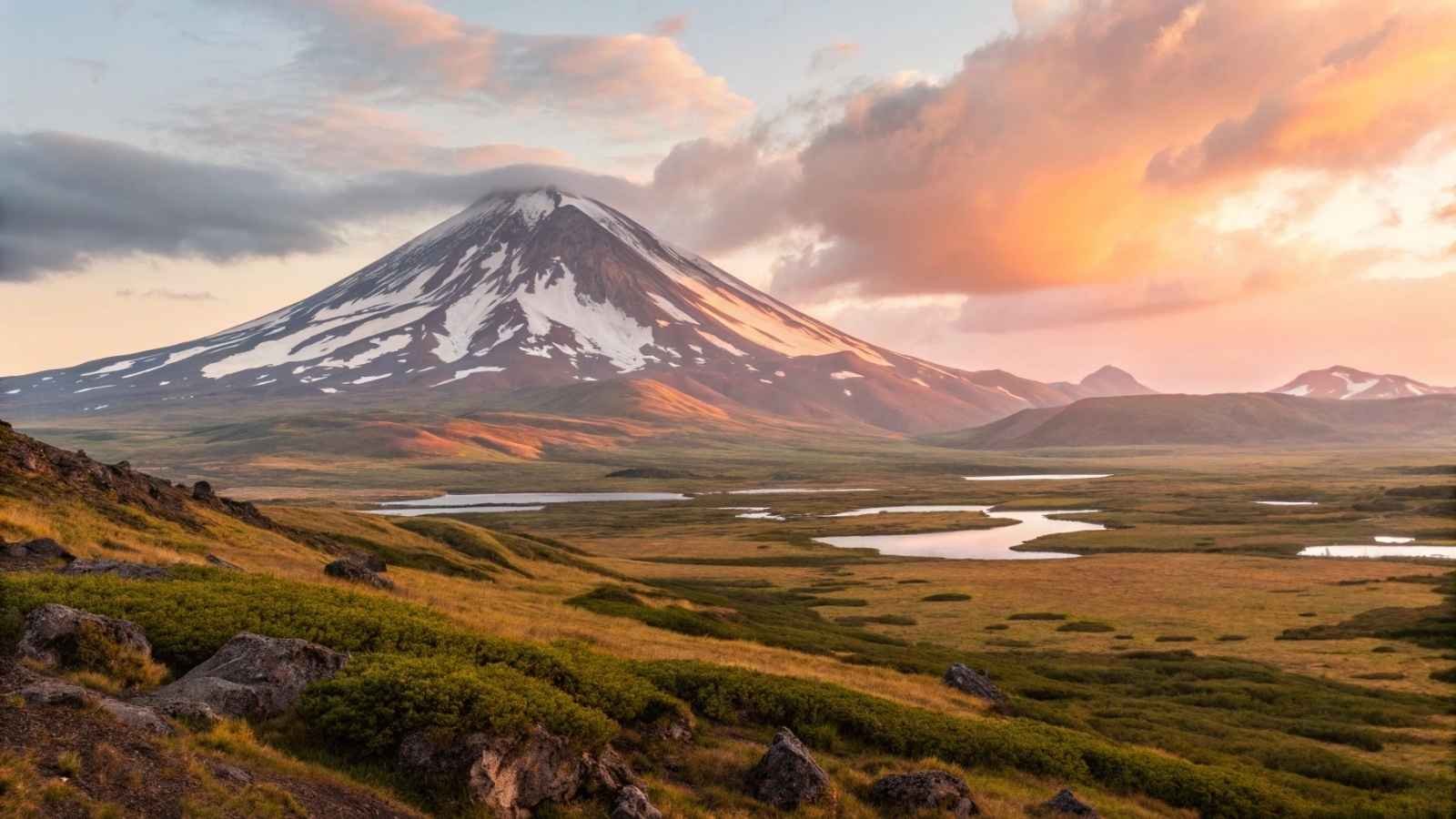
Wild, volcanic, and rarely seen, Kamchatka is where Earth lets its fire show. With over 300 volcanoes, steaming geysers, and untamed forests filled with brown bears and reindeer, it feels like stepping into the primeval world. Located in Russia’s far eastern corner, this peninsula is as inaccessible as it is unforgettable.
Travel here is tightly controlled, requiring permits and usually the help of experienced local guides. From the moment your helicopter lifts over the Valley of Geysers or you trek along the slopes of active volcanoes like Klyuchevskaya Sopka, you realize you’re in a place where human presence is the exception, not the rule.
It’s not just about rugged terrain—it’s also about silence, scale, and the surreal beauty of elemental forces. Even seasoned adventurers often describe Kamchatka as the most “untouched” place they’ve ever seen, and one that leaves you humbled and awed.
Essential Info:
- Best Months to Visit: July to September (warmer, more accessible)
- Access Point: Petropavlovsk-Kamchatsky via Moscow or Vladivostok
- Permits Required: Yes, especially for nature reserves and border zones
- Stay Duration: Minimum 10 days recommended
- Highlights: Valley of Geysers, Kuril Lake (bears), helicopter volcano tours, Pacific coastline
6. Socotra Island, Yemen

Step foot on Socotra, and you’ll quickly feel like you’ve left Earth entirely. Located in the Arabian Sea but technically part of Yemen, this alien-looking island is home to surreal dragon blood trees, bottle-shaped succulents, and over 700 species found nowhere else on the planet. Its biodiversity is so unique that many refer to it as the “Galápagos of the Indian Ocean”—only without the tourists.
Getting here isn’t simple. Political tensions in Yemen and limited flights (usually via the UAE) make planning complicated, but not impossible. The island itself is untouched by commercial tourism. There are no large hotels, and electricity can be spotty. But the reward is pristine beaches, cave-riddled cliffs, and massive dunes plunging into turquoise water. It’s a place that often stirs awe even in the most seasoned travelers.
More than its strange flora, Socotra gifts you with something deeper: the feeling of stepping outside modern time. The people are welcoming, the silence feels sacred, and the landscapes—frankly—look like the backdrop to a sci-fi movie. If Earth has secrets left, Socotra is keeping many of them.
Essential Info:
- Best Months to Visit: October to April (dry season)
- Access Point: Flights from Abu Dhabi (occasional charter services)
- Permits Required: Yes – organized tours strongly recommended
- Stay Duration: 7–10 days
- Highlights: Dragon Blood trees, Detwah Lagoon, Homhil Plateau, Arher Dunes
7. Oymyakon, Siberia, Russia
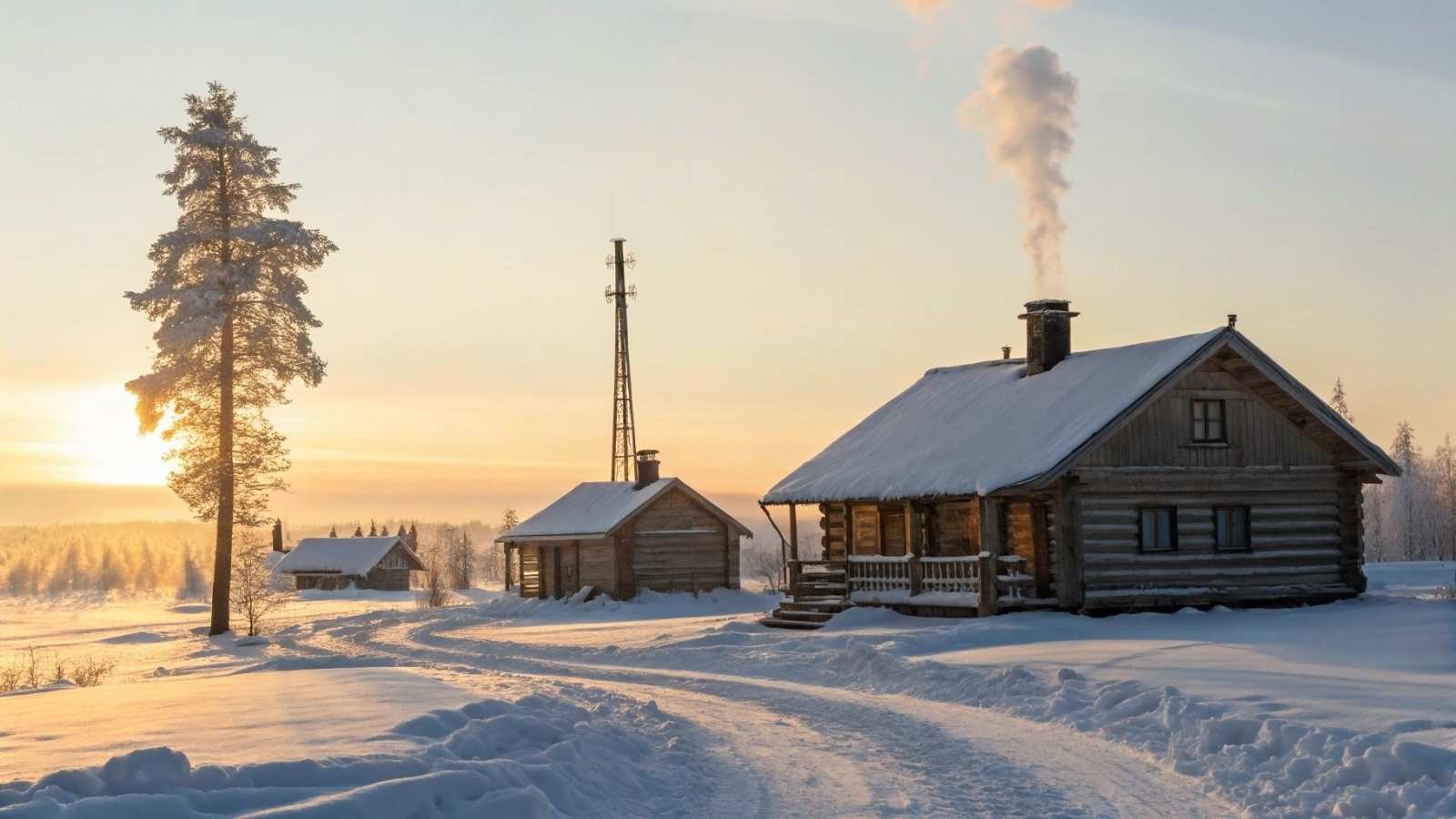
Known as the coldest inhabited place on Earth, Oymyakon is not just a village—it’s a dare. Winter temperatures here drop to -60°C (-76°F) regularly, and if you visit at the wrong time, your eyelashes might freeze shut. Yet somehow, people live here. They raise reindeer, fish frozen rivers, and laugh through the longest winters imaginable.
Getting to Oymyakon is a feat of its own. After flying into Yakutsk (itself one of the coldest cities on Earth), you’ll take a multi-day road trip over the “Road of Bones,” a route once built by gulag prisoners. The scenery is stark, but beautiful—snowy forests, icy rivers, and the occasional wild horse. Once in the village, you’ll eat frozen raw fish, bathe in natural hot springs (if you dare), and talk with locals who seem almost immune to the cold.
It’s not a bucket list trip—it’s a life perspective changer. When you see how people endure and even thrive in one of Earth’s harshest corners, the concept of “difficult” reshapes itself entirely.
Essential Info:
- Best Months to Visit: December to February (for the extreme cold experience)
- Access Point: Fly to Yakutsk → overland drive (2–3 days)
- Permits Required: No, but best visited with a guide
- Stay Duration: 5–7 days
- Highlights: Coldest permanently inhabited settlement, reindeer herding culture, Tomtor hot springs
8. Svalbard Archipelago, Norway
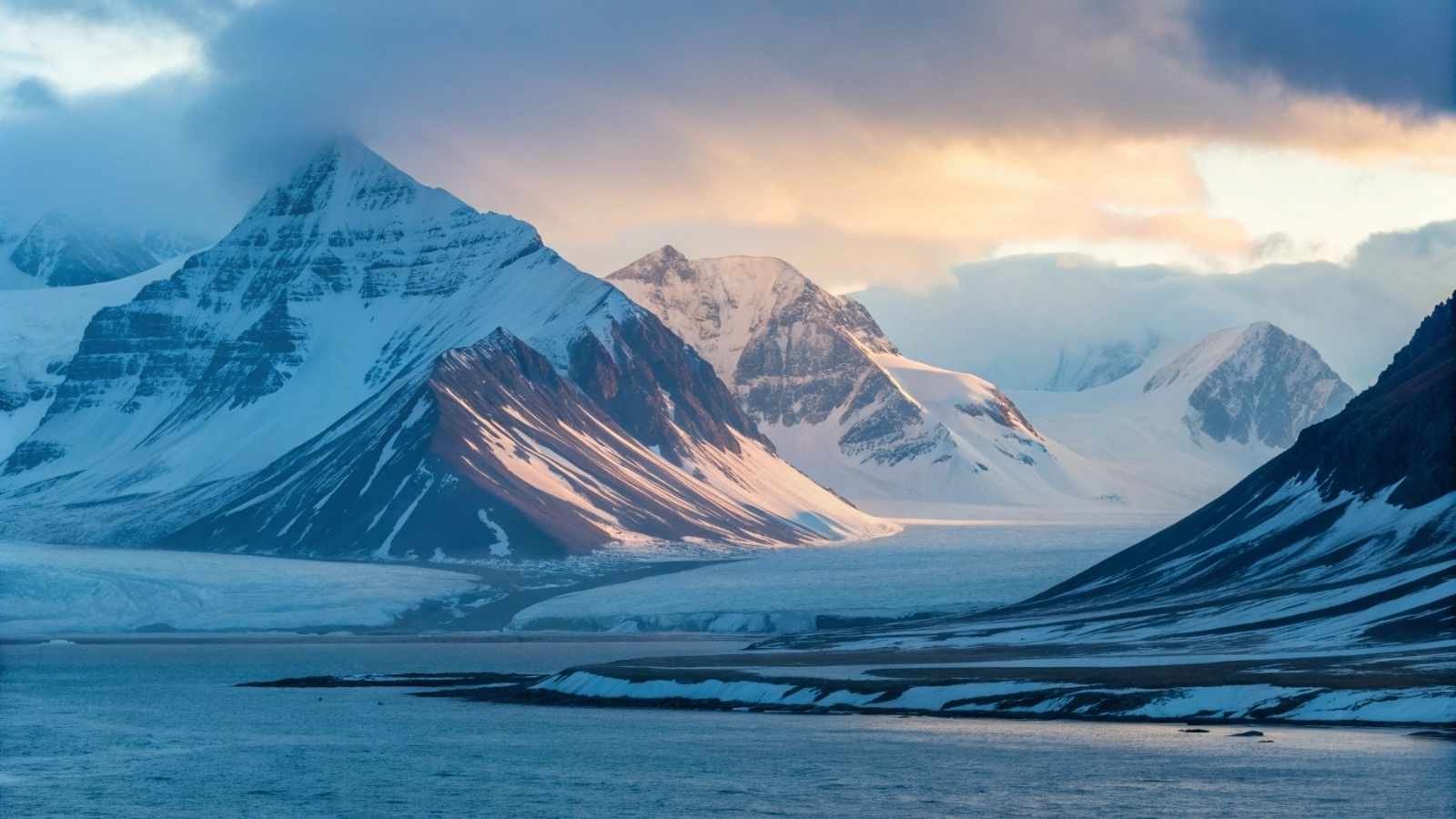
Hovering between mainland Norway and the North Pole, Svalbard is where Arctic wilderness rules and humans barely make a dent. Longyearbyen—the northernmost town with a civilian population—serves as your entry point into a world of polar bears, ice caves, and midnight sun or polar night, depending on when you go.
Life here is strange in the most captivating ways. Locals leave their houses unlocked (for polar bear emergencies), students learn to shoot rifles for safety, and mail arrives via snowmobile in winter. Step just a few minutes outside the town, and you’re in a land so quiet, it feels like the planet has stopped spinning.
Svalbard might be the most accessible feeling of true Arctic wilderness available to non-scientists. It’s cold, stark, and beautifully dangerous—but it’s also one of the few places where you’re constantly aware that you are not at the top of the food chain.
Essential Info:
- Best Months to Visit: February to May (Arctic adventures); June to August (midnight sun and hiking)
- Access Point: Flights from Oslo or Tromsø to Longyearbyen
- Permits Required: Not for town, but needed for expeditions
- Stay Duration: 5–8 days
- Highlights: Polar bear safaris, glaciers, dog sledding, northern lights
9. Motuo County, Tibet, China
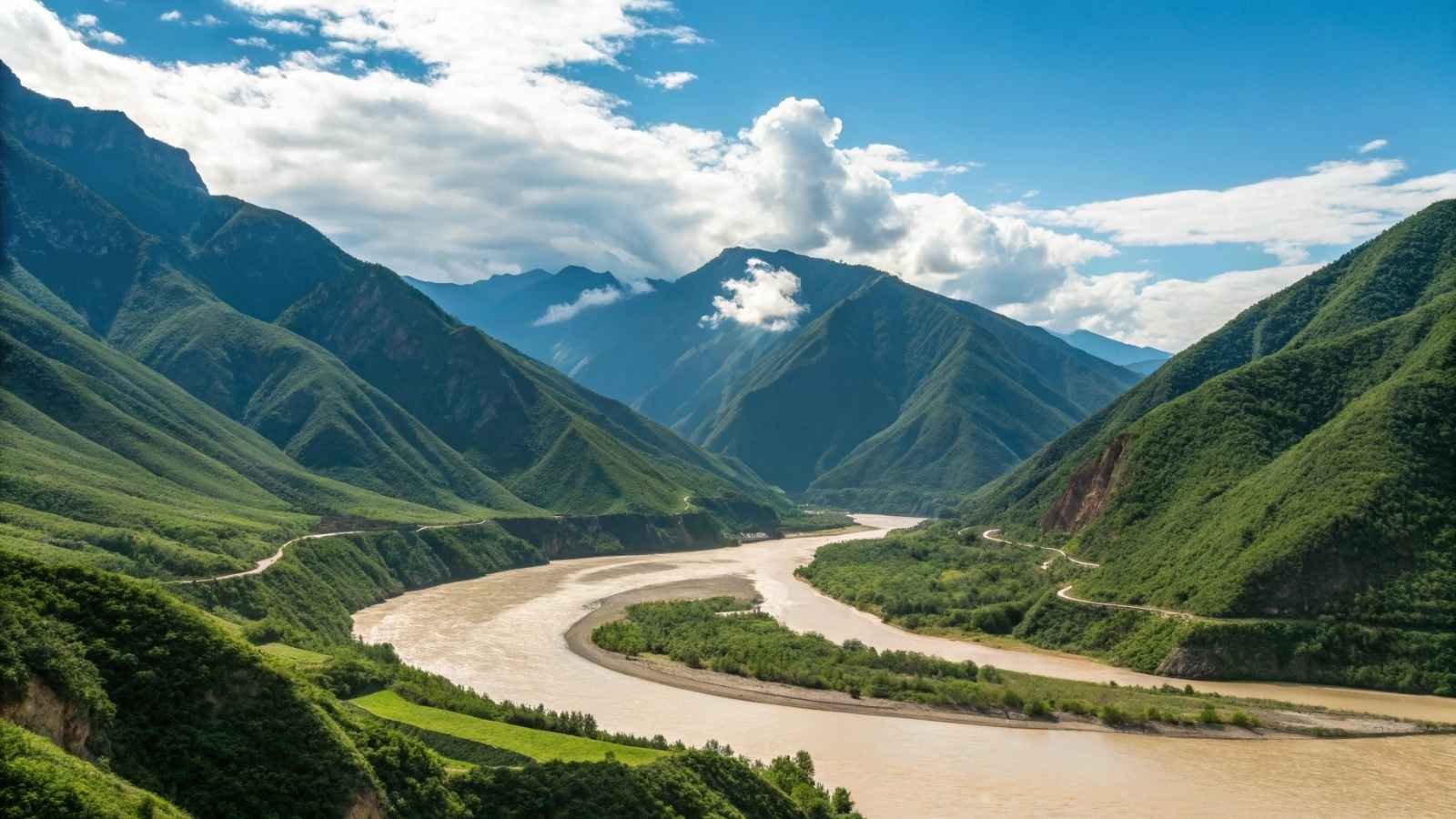
Motuo is often called China’s “Last Hidden Land”—a place so remote it wasn’t even accessible by road until 2013. Before that, pilgrims and explorers had to trek over snow-covered mountain passes and across rope bridges to reach it, and many didn’t survive. Even now, landslides and extreme weather regularly cut off its one road.
Located deep in the Himalayas, near the Brahmaputra Gorge, Motuo is a spiritually and ecologically rich region. It’s revered in Tibetan Buddhism as a sacred hidden paradise, and the jungles around it are lush with orchids, leopards, and rare birds. Unlike much of Tibet’s barren plateau, Motuo is green, humid, and wild, making it feel more like Southeast Asia than high-altitude China.
If you’re seeking not just physical isolation but spiritual resonance, Motuo is the kind of place that leaves a lasting mark. It’s not easy to reach—but you’ll leave with stories few others on Earth can match.
Essential Info:
- Best Months to Visit: April to June, September to November (avoid monsoon season)
- Access Point: Fly to Nyingchi, then drive to the roadhead + hike or continue via rugged road
- Permits Required: Yes – Tibet Travel Permit required
- Stay Duration: 5–8 days minimum
- Highlights: Yarlung Tsangpo Grand Canyon, traditional Tibetan villages, lush biodiversity
10. Cherrapunji Cliffs, Meghalaya, India
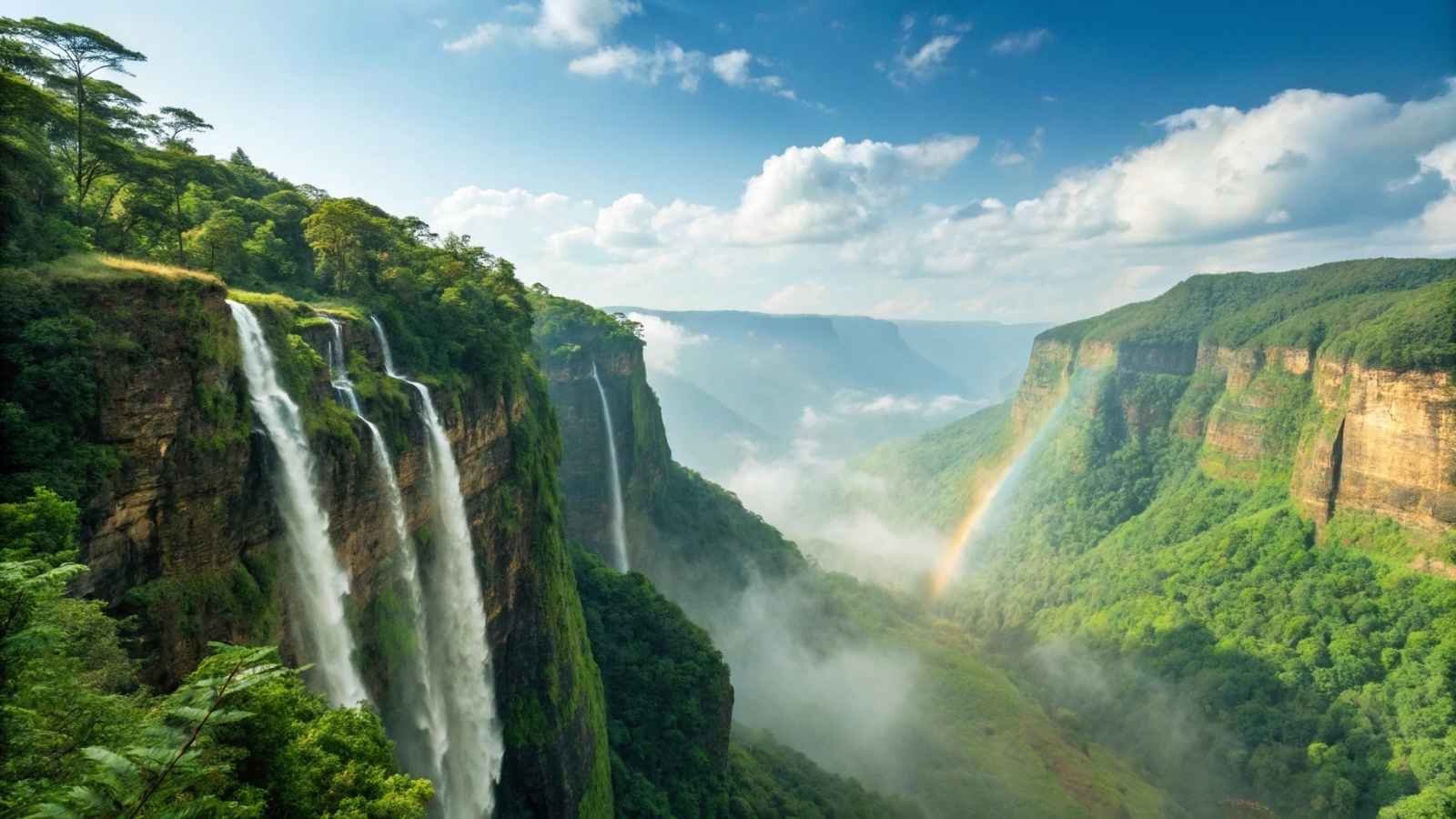
Perched in India’s northeastern hills, Cherrapunji is known for holding the record as one of the wettest places on Earth. But it’s not just the rainfall that sets it apart—it’s the living root bridges, endless waterfalls, and cloud-draped cliffs that plunge dramatically into the Bangladeshi plains below.
To reach it, travelers navigate winding roads through Meghalaya’s Khasi Hills, often swaddled in fog and rain. The villages here are some of the cleanest and most eco-conscious in India. The living bridges—crafted over generations by coaxing rubber fig tree roots across streams—are found nowhere else on Earth, and walking across them is an experience that blends nature, culture, and sheer ingenuity.
The cliffs themselves? Mesmerizing. Mist rolls in like waves, waterfalls drop thousands of feet, and sometimes you’ll see the landscape below disappear entirely in a sea of clouds. It’s a sensory overload in the best way possible.
Essential Info:
- Best Months to Visit: October to April (less rain, clear views)
- Access Point: Drive from Guwahati, Assam (~5–6 hours)
- Permits Required: None for Indians; Foreigners need a Protected Area Permit for some regions
- Stay Duration: 3–6 days
- Highlights: Living root bridges, Nohkalikai Falls, Mawsmai caves, panoramic cliff hikes
11. Faroe Islands, North Atlantic
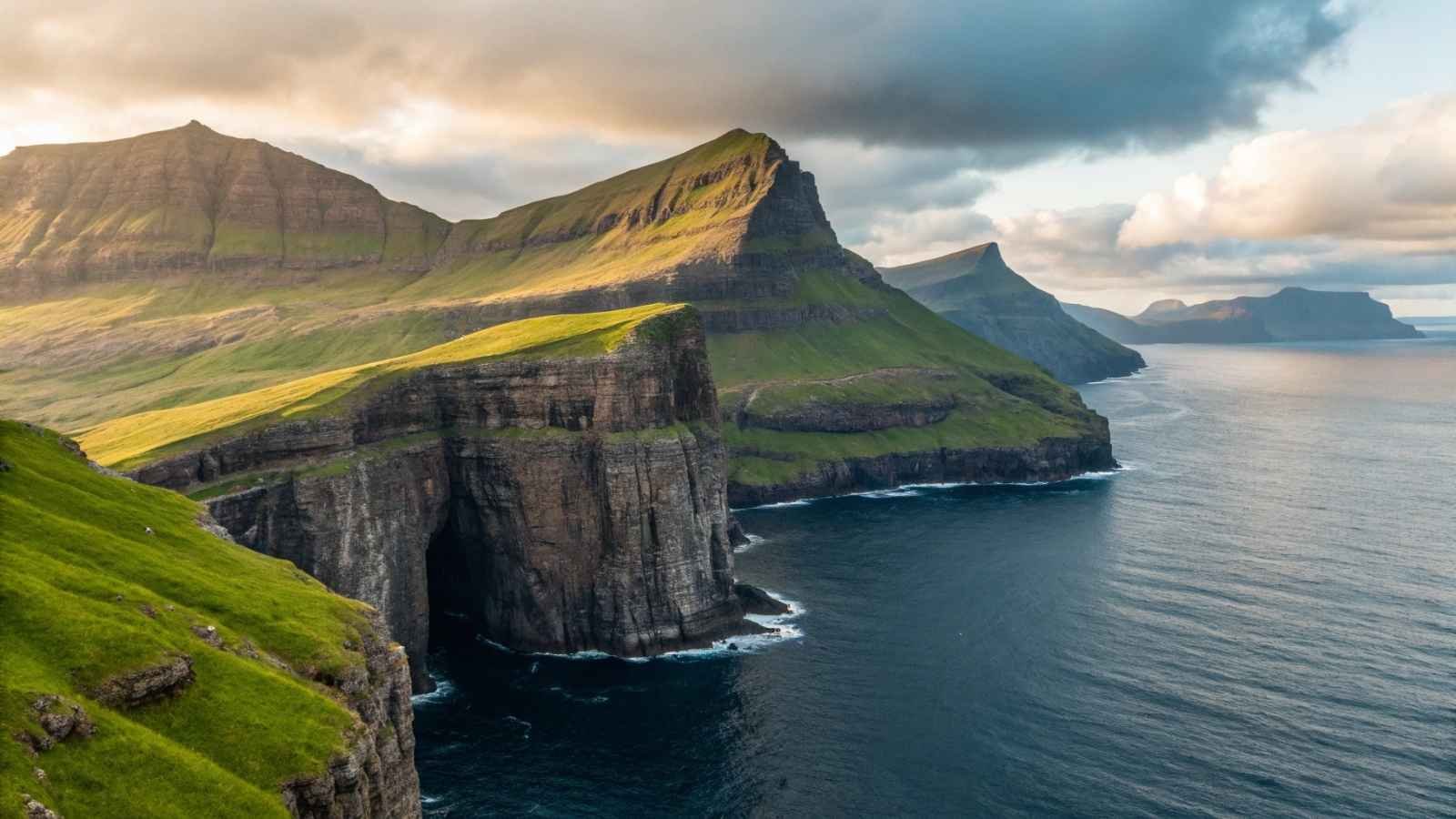
Tucked between Iceland and Norway like a secret whispered by the sea, the Faroe Islands are a windswept dream of steep green cliffs, puffins darting along the edges, and villages that look hand-painted into the landscape. Technically part of Denmark but proudly self-governed, this volcanic archipelago feels like a place that never gave in to the modern rush.
Fog drapes over the hills like a storybook spell, and the air smells of salt and wild thyme. You won’t find massive tour buses or big resorts here—just winding roads, stone cottages with grass roofs, and that quiet Norse magic that clings to places untouched by time. Every hike leads to the edge of something dramatic—waterfalls that plunge into the ocean, cliffs that drop with heart-stopping suddenness.
The weather? Moody. The landscapes? Breathtaking. The culture? Fiercely local. It’s one of those places where getting lost is kind of the point.
Essential Info:
- Best Months to Visit: May to August (long daylight, puffins, festivals)
- Access Point: Direct flights from Copenhagen or a ferry from Denmark
- Permits Required: No
- Stay Duration: 4–7 days
- Highlights: Gásadalur waterfall, Kalsoy hike to Kallur lighthouse, Tórshavn old town
12. Bouvet Island, South Atlantic

There are “remote” places, and then there’s Bouvet Island—a subantarctic volcanic speck so hard to reach, even scientists rarely set foot there. Claimed by Norway but closer to Antarctica than any continent, it’s mostly glacier, frequently fog-shrouded, and entirely uninhabited.
This is the kind of place that you don’t visit—you survive. No airports, no docks. You anchor offshore (if you can), then battle heavy surf to land. Those who’ve managed to reach it—researchers, explorers, a few naval personnel—describe it as eerily silent, otherworldly, and intimidating in its starkness.
There’s no tourism infrastructure here. No trails. No welcome sign. And yet, for lovers of extreme isolation and true planetary edges, Bouvet is a crown jewel of desolation.
Essential Info:
- Best Months to Visit: January to March (southern summer)
- Access Point: Ship expeditions (rare) from Cape Town or South Georgia Island
- Permits Required: Yes, via Norwegian Polar Institute
- Stay Duration: Expedition-dependent
- Highlights: Glacier-covered caldera, penguin and seal colonies, dramatic black-sand shorelines
13. Wrangel Island, Arctic Ocean
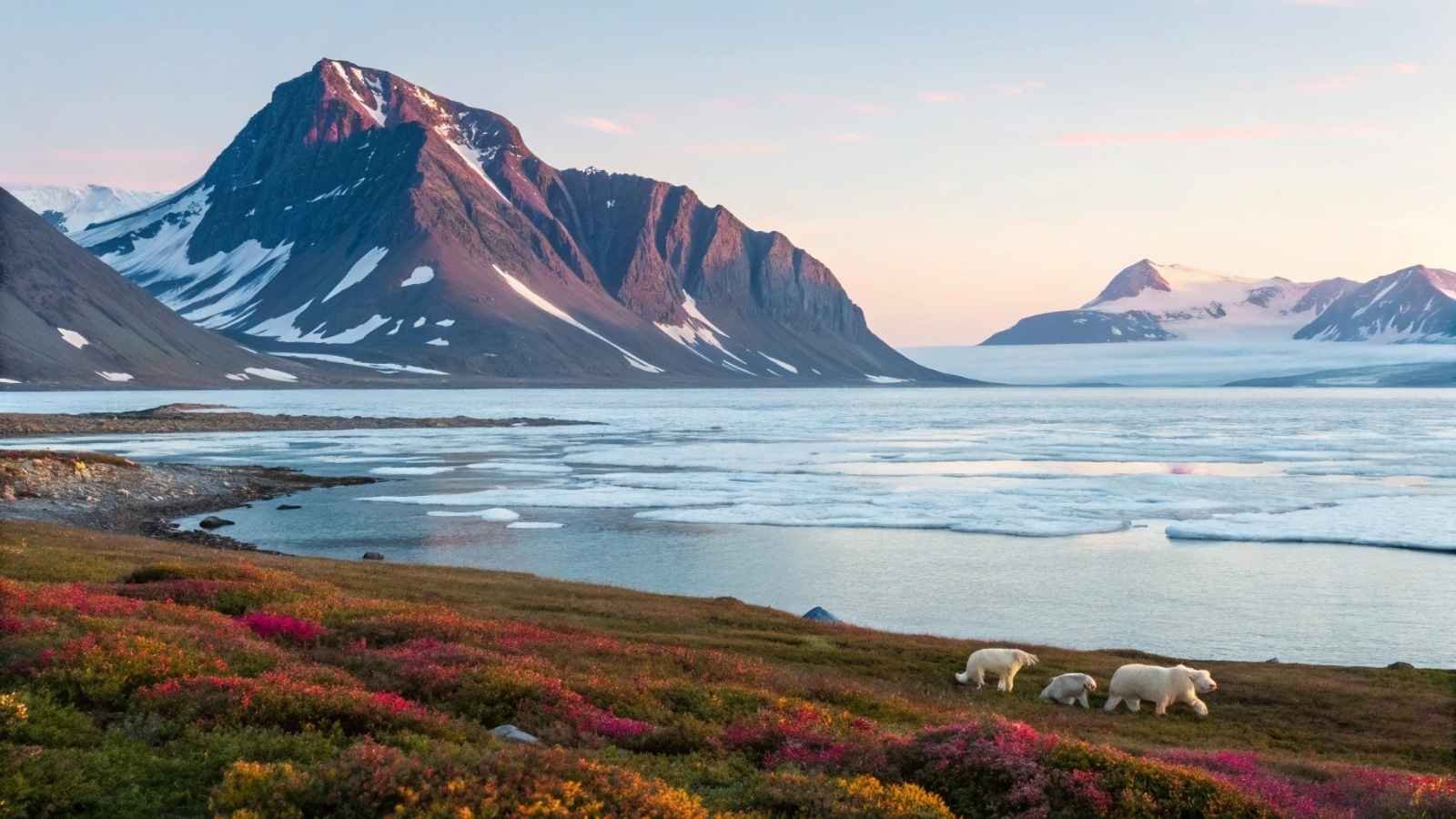
Wrangel Island is where nature still writes the rules. Located in the Arctic Ocean north of Siberia, this UNESCO World Heritage Site is often described as a living museum of the Ice Age. With the highest density of polar bears in the world, it’s also home to Arctic foxes, walruses, and thousands of migratory birds.
Only accessible by permit and usually through organized Arctic cruises, Wrangel feels like something out of a prehistoric documentary. There are no settlements (aside from a small ranger station), no trees, and no roads—just tundra, ice, and the howling wind. It’s brutal. And stunning.
There’s a raw, soul-shaking beauty here. Watching a mother polar bear nudge her cubs across the snow, you’re reminded that the wild doesn’t need us—but we still need the wild.
Essential Info:
- Best Months to Visit: July to early September (ice-free waters)
- Access Point: Expedition cruise from Anadyr, Russia
- Permits Required: Yes, tightly restricted
- Stay Duration: 10–14 days (as part of cruise itinerary)
- Highlights: Polar bears, ancient mammoth fossil sites, wildflower tundra, pack ice scenery
14. Amundsen–Scott South Pole Station, Antarctica
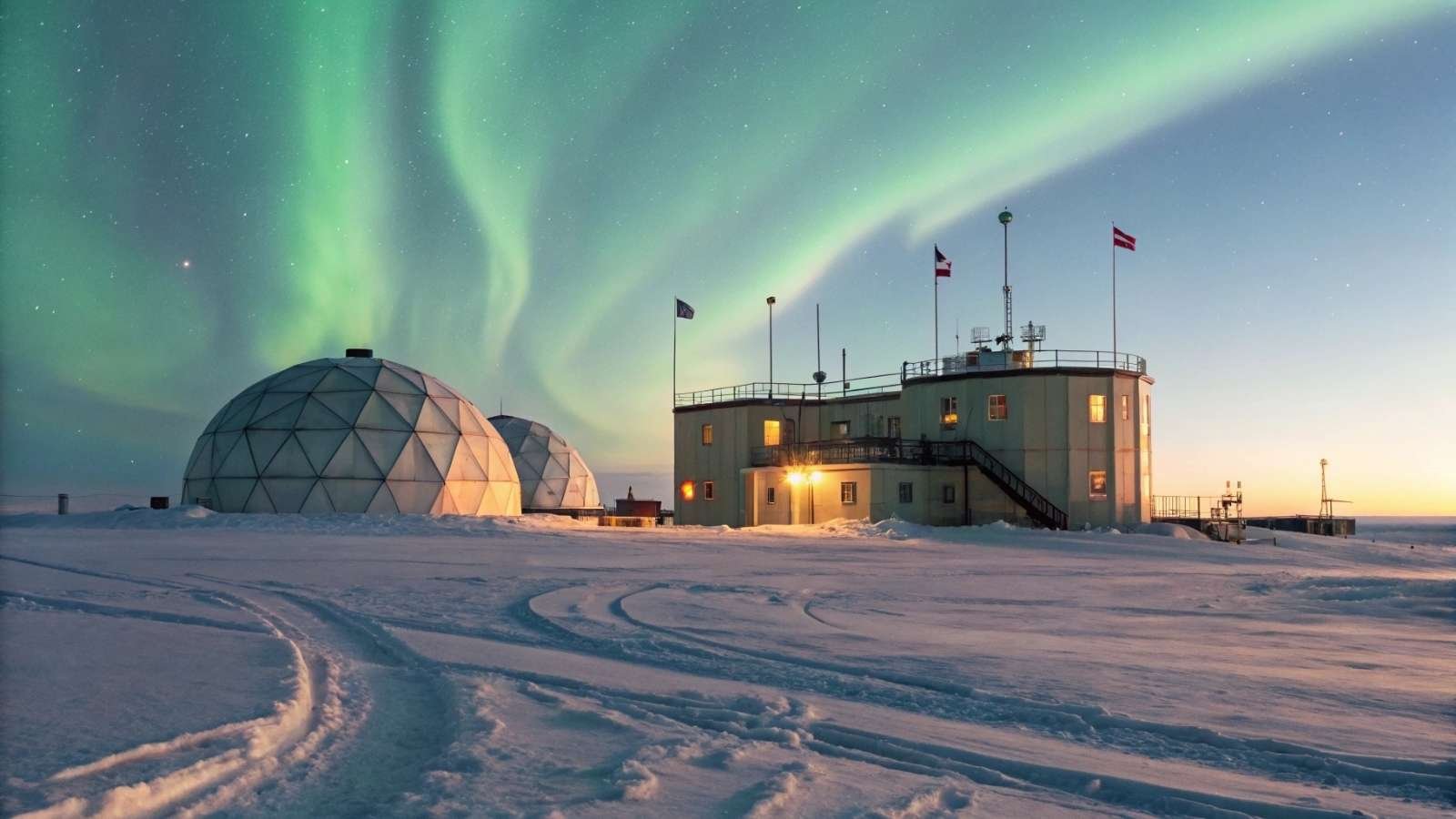
At the bottom of the world, the Amundsen–Scott Station sits directly at the South Pole. It’s the ultimate geographic extremity—remote, frozen, and reserved almost entirely for scientists and logistics personnel. But for a lucky few, especially during the brief austral summer, access is possible via specialized tours or private charters.
Landing on the polar plateau is like stepping onto another planet. The sun circles overhead 24 hours a day, the air is razor-thin, and temperatures hover well below freezing—even in “summer.” Inside the station, life revolves around research, from climate science to astrophysics, but even visitors on short-term trips often say the psychological intensity is unforgettable.
This isn’t a scenic getaway. It’s a feat of planning, patience, and polar passion. But if your heart beats faster at the phrase “the ends of the Earth,” it doesn’t get more literal—or extreme—than this.
Essential Info:
- Best Months to Visit: Late November to January
- Access Point: Fly from Punta Arenas, Chile → Union Glacier → South Pole
- Permits Required: Yes, via Antarctic tour operators
- Stay Duration: 1–3 days (high cost, limited access)
- Highlights: Geographic South Pole marker, scientific station tour, 24-hour daylight
15. Aldabra Atoll, Seychelles

Aldabra is not your typical island escape. Located in the Indian Ocean and part of the Seychelles, this UNESCO-listed coral atoll is nearly untouched by human hands, and it shows. Home to over 100,000 giant tortoises, manta rays, rare birds, and pristine reefs, Aldabra feels more like an eco-dream than a destination.
Reaching it is no picnic. There’s no airport, no hotel, and no casual visitation allowed. Most access comes via liveaboard expeditions, often for researchers or committed eco-tourists. But if you do get there, the rewards are immense: snorkeling through untouched lagoons, watching frigatebirds soar, and walking terrain where evolution has done its weird, beautiful work.
If you’ve ever wondered what the Galápagos might have felt like before people found it, Aldabra offers a glimpse. Pure, wild, and fiercely protected.
Essential Info:
- Best Months to Visit: March to May, October to December
- Access Point: Charter boat from Mahé, Seychelles
- Permits Required: Yes, from the Seychelles Islands Foundation
- Stay Duration: 7–10 days (expedition style)
- Highlights: Giant tortoises, coral reefs, birdlife, blue lagoons
16. La Rinconada, Peru
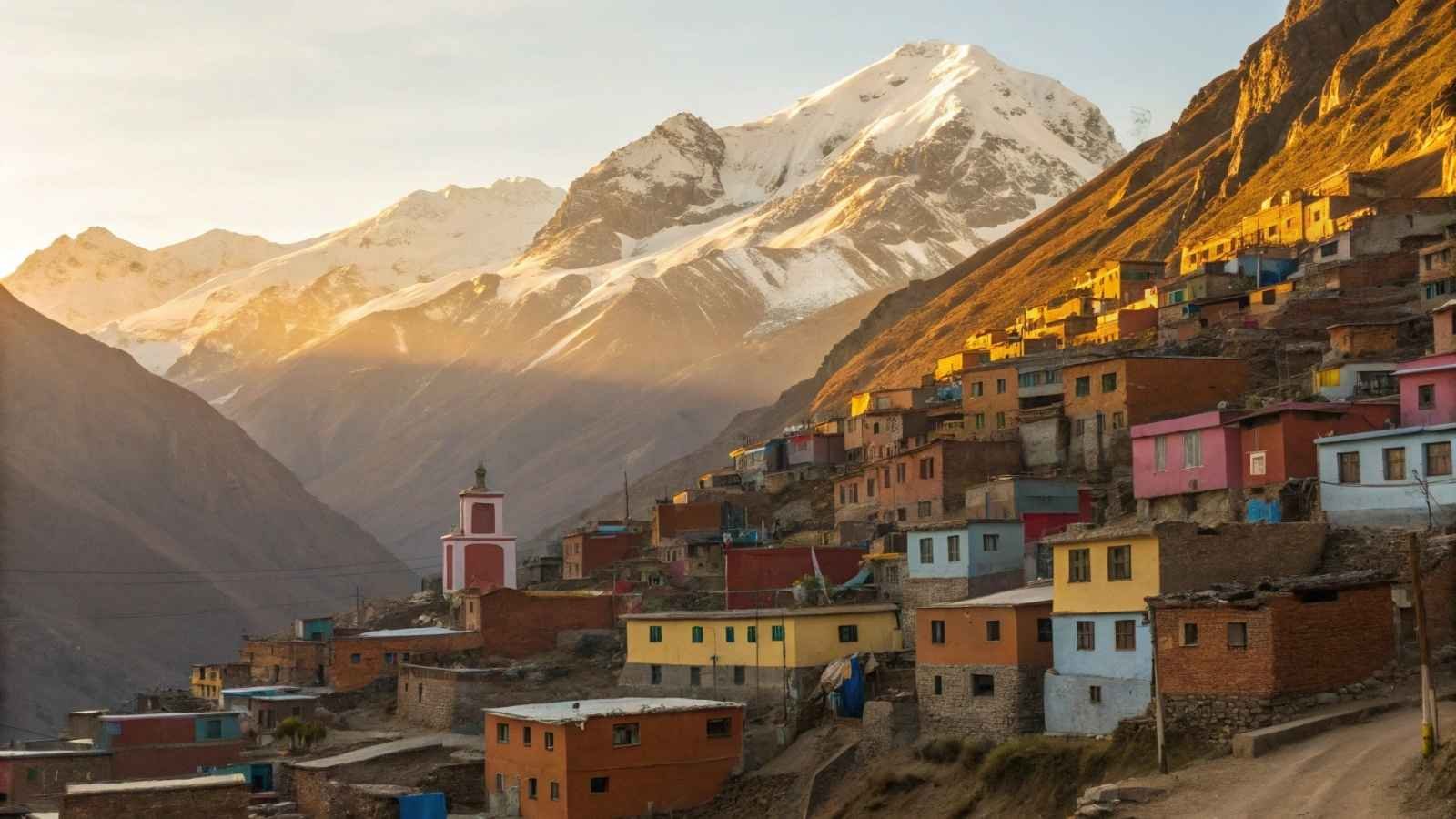
Perched at over 16,700 feet (5,100 m) above sea level, La Rinconada is the highest permanent human settlement on Earth—and also one of its most surreal. Tucked in Peru’s Andean mountains near a glaciated peak, this gold mining town is both fascinating and harsh in equal measure.
There are no roads that go all the way. You’ll hike, hitch rides, and slowly adjust to the crushing altitude. Oxygen is thin, temperatures are freezing year-round, and infrastructure is virtually nonexistent. Still, tens of thousands live here, drawn by hopes of gold and promises that rarely come true. For outsiders, visiting is a raw insight into the extremes of human endurance and economic desperation.
It’s not a place for comfort-seekers. But it is a place that challenges your assumptions about wealth, about survival, and about how far people will go when the Earth itself tries to keep them out.
Essential Info:
- Best Months to Visit: May to September (dry season)
- Access Point: From Juliaca → Puno → Ananea → trek or vehicle to La Rinconada
- Permits Required: No formal process, but safety concerns apply
- Stay Duration: 2–3 days max (due to altitude)
- Highlights: High-altitude experience, stark mining culture, glacial surroundings






